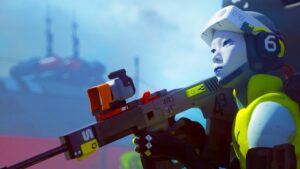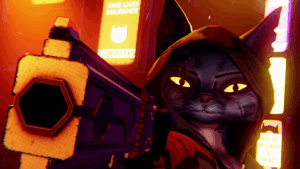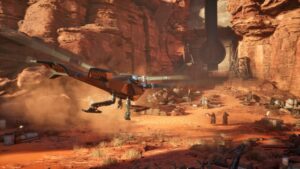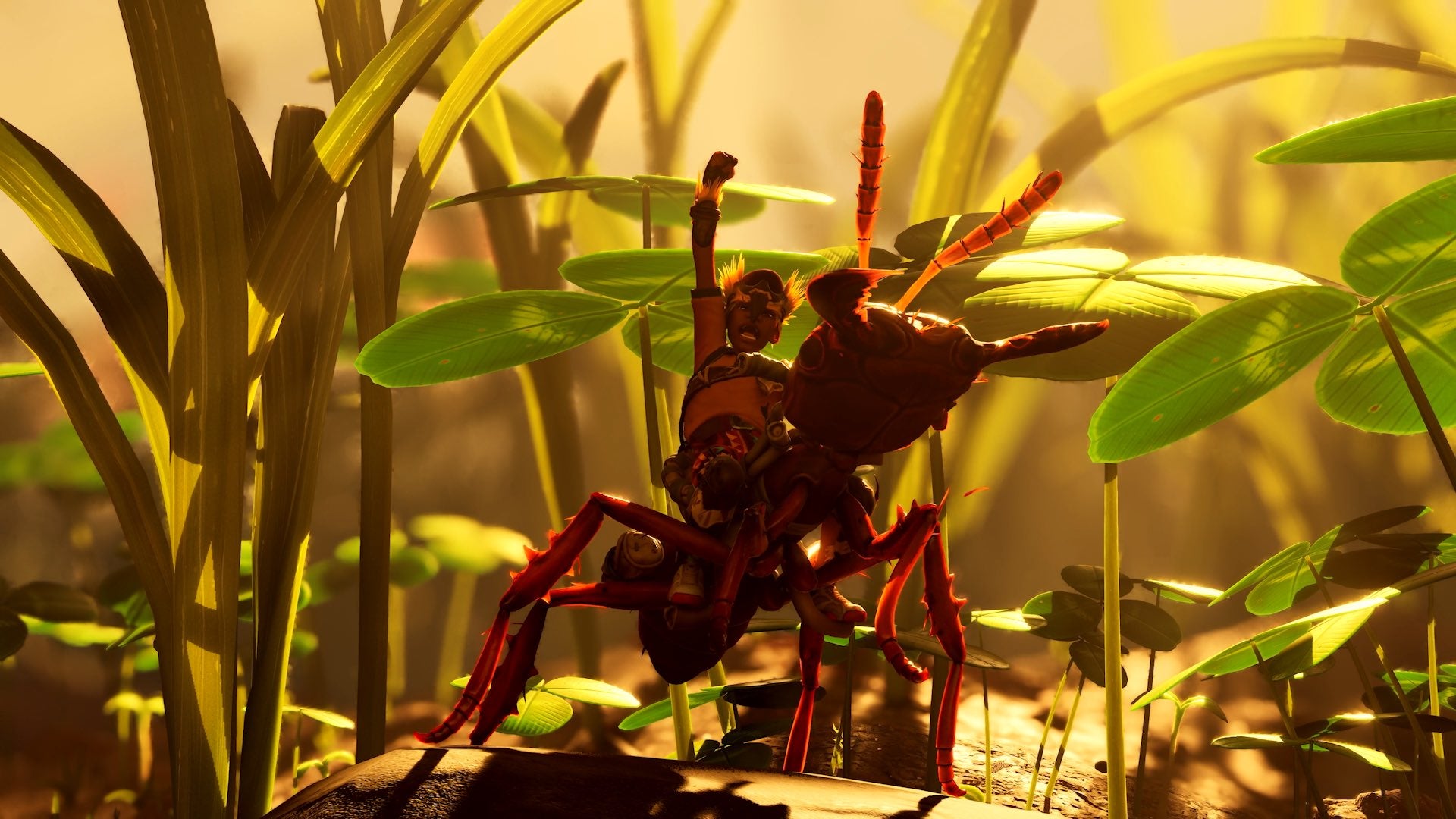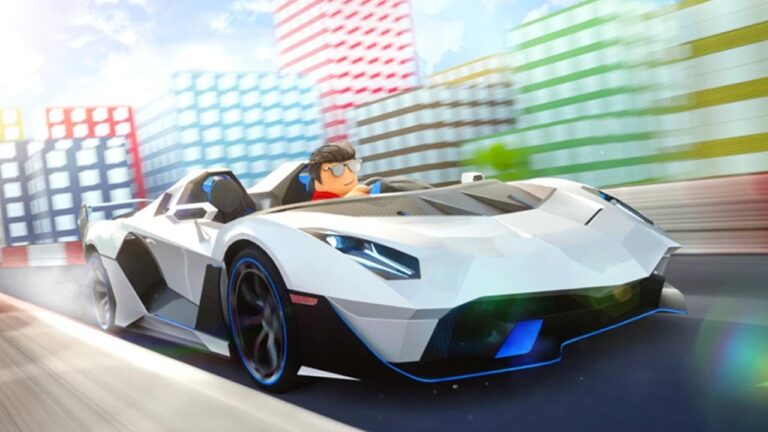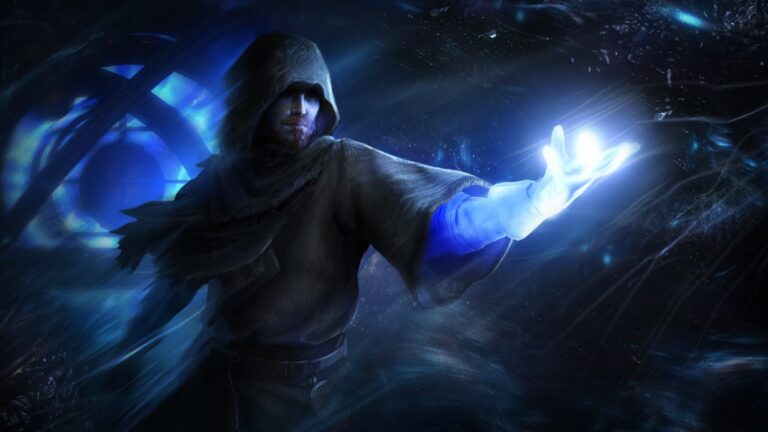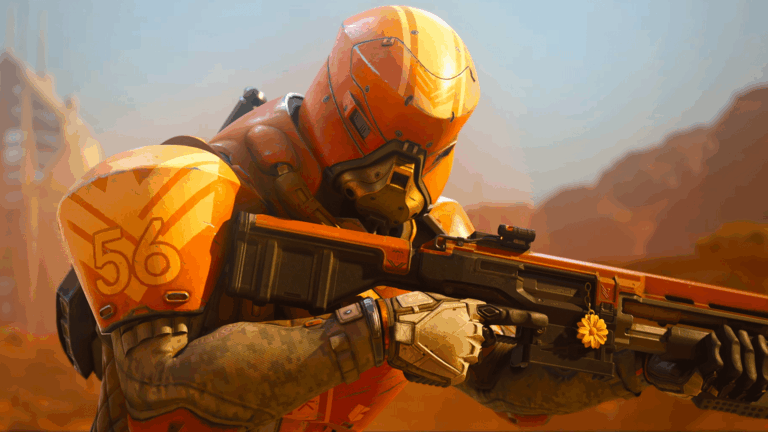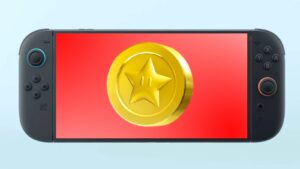Introduction: A Bigger and Better Sequel in the Works
Grounded 2, the highly anticipated sequel from Obsidian Entertainment, takes players back into a tiny world where a group of teenagers has been shrunk down to bug size and finds themselves exploring a colossal park. One of the most exciting new features announced is the ability to mount bugs like horses and ride them across the landscape. This community-requested addition has been a long-standing desire among fans, and Obsidian has eagerly embraced it in the new installment.
Why Grounded 2 Was Necessary: Overcoming Technical and Content Limitations
The decision to develop Grounded 2 stems from fundamental limitations faced during the production of the first game. According to executive producer Marcus Morgan, one of the primary reasons was hardware constraints. Grounded 1 was initially developed for the original Xbox One, and as the team reached the limits of what the console could handle, it became increasingly difficult to add new content or expand the game world.
“We started Grounded 1 on the original Xbox One, and we were running out of room to physically get new elements into the game,” Morgan explains. “If we had continued adding content, it would have compromised the game’s immersion and the continuous experience we wanted players to enjoy.”
Expanding the Game World: From Smaller to Much Larger
Another key motivation for creating Grounded 2 was the desire to tell a new, complete story separate from the first game. While Grounded 1 had a clear beginning, middle, and end, the team wanted to explore fresh narratives in the sequel. Additionally, the introduction of bugs that can be mounted—referred to playfully as “Buggies”—necessitated a more expansive environment.
Obsidian had already experimented with multiple creatures in the first game, but implementing new traversal methods required redesigning the game world entirely. Adjusting movement speeds, spacing out points of interest, and managing environmental hazards meant building a new, larger space to accommodate these features. As Morgan notes, “That’s why Grounded 2 is so much bigger.”
Collaborating with Eidos Montreal: A Strategic Partnership
Obsidian is not working alone on Grounded 2. The studio has partnered with Eidos Montreal, the developers behind Marvel’s Guardians of the Galaxy, for co-development. Morgan praises this collaboration, describing it as “in the truest sense of co-development,” emphasizing the smooth cooperation between the teams.
Initially, Obsidian sought assistance from Xbox’s central team to find a suitable partner. The second-party partnerships group recommended Eidos Montreal, which had many fans of Grounded on its team. The collaboration led to Eidos taking an active role in shaping the story, characters, and antagonists of Grounded 2, making it a true joint effort.
Despite some speculation, Morgan clarified that Obsidian does not see Grounded or its universe as a barrier to future projects like a new Deux Ex game.
Release Plans and Future Potential
Grounded 2 is currently scheduled for an early access launch on Xbox and PC, with no confirmed plans for PlayStation or Nintendo Switch platforms at this stage. Although the first game eventually released on those platforms, Morgan states that the focus is now on reaching as many players as possible, emphasizing the game’s multiplayer and shared experience.
“Our goal is to enable players to ride and survive together, regardless of where they play,” he explains. “We started with early access, and then we’ll see where it goes from there.”
Looking Ahead: What’s Next for Grounded 2?
While Morgan can’t provide concrete details about future updates, he hints at a development path similar to Grounded 1: a period of early access lasting a couple of years, followed by a full 1.0 release. The team remains flexible, emphasizing the importance of player feedback and iterative development.
“Grounded 2 is designed to be more expandable than the first,” Morgan says. “We’re open to how it evolves and will continue working closely with the community to shape its future, depending on technological capabilities and player engagement.”
